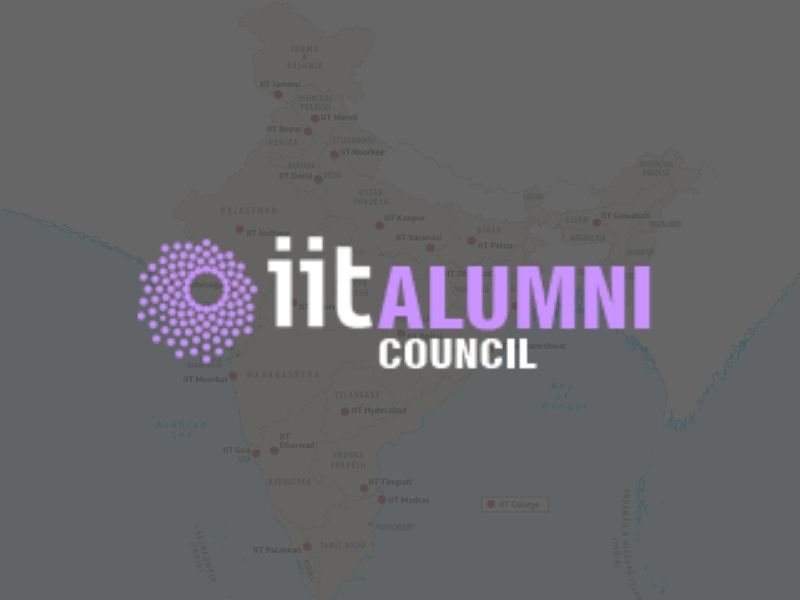IIT Ropar partners with IIT Alumni Council to set up the First Global Centre of Excellence (GCE) in the domain of Agritech & Water
Ropar: IIT Ropar would be the first Global Centre of
Excellence (GCE) under the India Innovation Network initiative to be set
up by IIT Alumni Council announced today. Th core areas of focus will be
Agritech & Water under this centre with multi-disciplinary support from
areas like artificial imaging, computer vision, IOT sensors, chemical
engineering, nuclear physics etc.
IIT Ropar recently got Rs 110 crore worth prestigious project for
agriculture and water from department of Science and Technology,
Government of India. As part of an agrarian state, it has been one of the
mandates of IIT Ropar to take up research aimed at addressing WaterAgriculture related issues.
The Global Centre of Excellence (GCE) are an extension of the overall
vision of the India Innovation Network initiative which is building a fiftyinstitution ecosystem to revitalise research in India by building
capacities, improving quality of researchers through better linkages
globally and enhancing the brand value of India in general and the IITs
and i2Net institutions in particular. This will help India garner a
higher share of the Rs 500,000 crore market for funded
research and sponsored PhDs.
Speaking during this partnership, Prof. Sarit K Das, Director,
IIT Ropar said, “The entry of India into the global research marketplace
is long overdue. IITs, with their rich legacy and global branding, are
rightly placed to address this opportunity. Punjab is the best known for
Agriculture and natural irrigation. If agricultural excellence were to be
given a GI, then it would go to Punjab. We are looking forward to leading
globally in research for Agritech and Water. By optimally exploiting the
new paradigms emerging from the deployment of artificial intelligence,
remote sensing and genomics, we are uniquely positioned to blend
tradition with technology in a very different way than has been attempted
thus far by traditional agricultural institutions – and this approach should
lead us to new frontiers and achievements.”
IIT Alumni Council will facilitate the investment of Rs. 40
crores in GCE Punjab through PanIIT Institute and MegaFund.
It will help India leapfrog to Agriculture 2.0 by increasing productivity,
reducing chemical fertiliser and pesticide levels, managing water
resources and creating better linkages with markets and direct consumers
using disintermediation platforms.
Divulging more, Sh.Ravi Sharma, President of the IIT Alumni
Council said, “IIT Alumni Council has taken up the vision to develop
India as a leading location for high science research by creating an endto-end ecosystem with revenue target of Rs 50,000 crores pa and 100,000
researchers within five years. The Agritech and water ecosystem being cocreated along with existing research and academic institutions will lay the
foundation for Agriculture 2.0. In addition to revitalising the agriculture
economy, the research initiative will also help create a contract and
funded research ecosystem capable of earning substantial foreign
exchange.”
ABOUT THE IIT ROPAR-TECHNOLOGY AND INNOVATION
FOUNDATION
The IIT Ropar – Technology and Innovation Foundation is an R & D Hub
in the domain of Agritech and Water, named AWaDH (Agriculture &
Water Technology Development Hub), added to the social responsibility
of IIT Ropar by the President of India through the National Mission on
Interdisciplinary Cyber-Physical Systems (NM – ICPS), Department of
Science & Technology. The mission of the Hub is to develop 30 core
Agritech technologies, incubate 35 startups/spin-off companies, train
more than 1000 professionals in multi-disciplinary Cyber-Physical
Systems, generate employment of more than 8000 through different
Agritech innovations, etc. The technology developed at Hub would
advance the (i) Environment, Forest and Climate, (ii) Fisheries (iii) Food
Processing and Public Distribution, (iv) Rural and Women Empowerment
by Skill Development and Entrepreneurship, (v) Land Resources, (vi)
Electronics and Information Technology, (vii) Fertilizers, to name a few.

